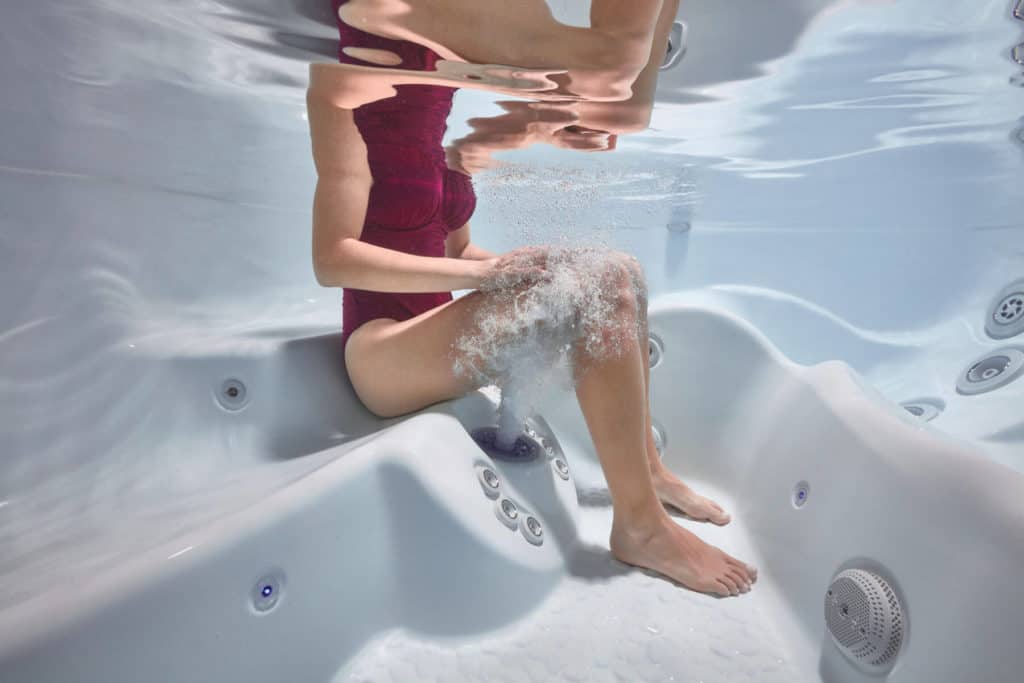Help for Restless Legs Syndrome
Restless Legs Syndrome (RLS) is a neurological condition. People who suffer from it have uncontrollable leg movements, or they have a strong urge to move their legs, hence the name restless.
This often occurs when people are trying to sleep or lay still.
In this article, we look at the symptoms and some ways to provide help for Restless Leg Syndrome.
What are the symptoms?
According to the Restless Legs Syndrome Foundation:
- You have a strong urge to move your legs. This is usually accompanied or caused by an uncomfortable and unpleasant sensations in the legs.
- Your symptoms begin or worsen when you rest or inactive, such as when lying down or sitting.
- Your symptoms get better when you move, such as when you walk or stretch, as long as the activity continues.
- Your symptoms are worse in the evening or night or only occur in the evening or nighttime hours.
- Your symptoms are not solely accounted for by another condition such as leg cramps, positional discomfort, leg swelling or arthritis.
- RLS often causes difficulty in falling or staying asleep, one of the chief complaints of the disease.
- Many people who have RLS also have periodic limb movements (PLMs) – jerking of the arms or legs that is often associated with sleep disruption.
How is it diagnosed?
Your doctor diagnoses RLS by listening to your symptoms and ruling out other causes.
You might also find that your physician checks your iron levels or recommends a sleep study.
What can you do to get relief?
Making changes to your diet, activity level and lifestyle can help alleviate symptoms. You also might find that medications prescribed by your doctor may help.
Let’s look at the lifestyle changes that can provide relief.

Exercise More
Research has shown that an active lifestyle can prevent or even treat RLS, and regular exercisers are less likely to have RLS than non-exercisers.
When it comes to exercise, keep these things in mind:
- Daily exercise is best – aim for 30-60 minutes.
- Do exercises that involve your legs – resistance and aerobic.
- Don’t overdo it. You don’t want to over exercise so much that your muscles and joints ache.
- Do only what your doctor advises.
- Use the stairs more, park farther away from buildings, rake leaves, work in your garden. Overall be more active.
- Don’t exercise within an hour of bedtime.
Modify Your Diet
You want to ensure your diet is healthy and balanced.
Have your doctor check for an iron deficiency (ferritin levels). If so, your doctor might recommend iron supplements.
It’s a good idea to stay away from caffeine as it has been shown to increase RLS symptoms as can nicotine, alcohol and refined sugar.
Soak in a Hot Tub
A relaxing session in a hot tub can bring you relief from your RLS symptoms.
In addition, you can stretch gently while in the hot tub to help even more. Stretch your hips, thighs and calves. Point and pull your toes and pull your knees to your chest. Lift a leg and lean it on the tub while bending over for a hamstring stretch.
A soak in your hot tub can ease your cramping and leg pains.
Final Thoughts
On an episode of The Doctors, physicians recommended treating restless legs syndrome in the hot tub.
They suggested that a soak in the hot tub for RLS sufferers could result in a better night’s sleep. They said that hot water can reduce the painful sensations in the legs.
If you suffer from Restless Legs Syndrome, a hot tub just might be the answer.



